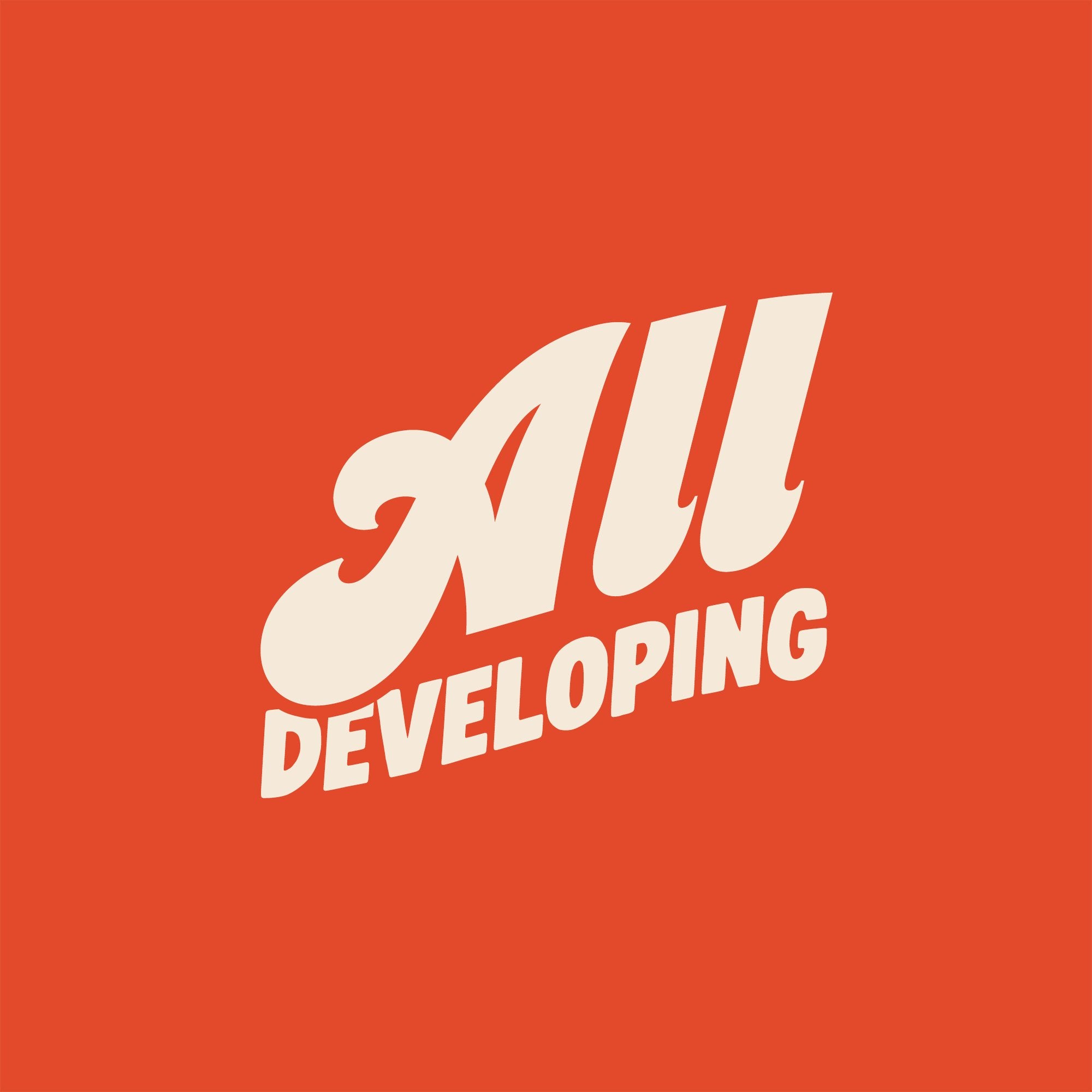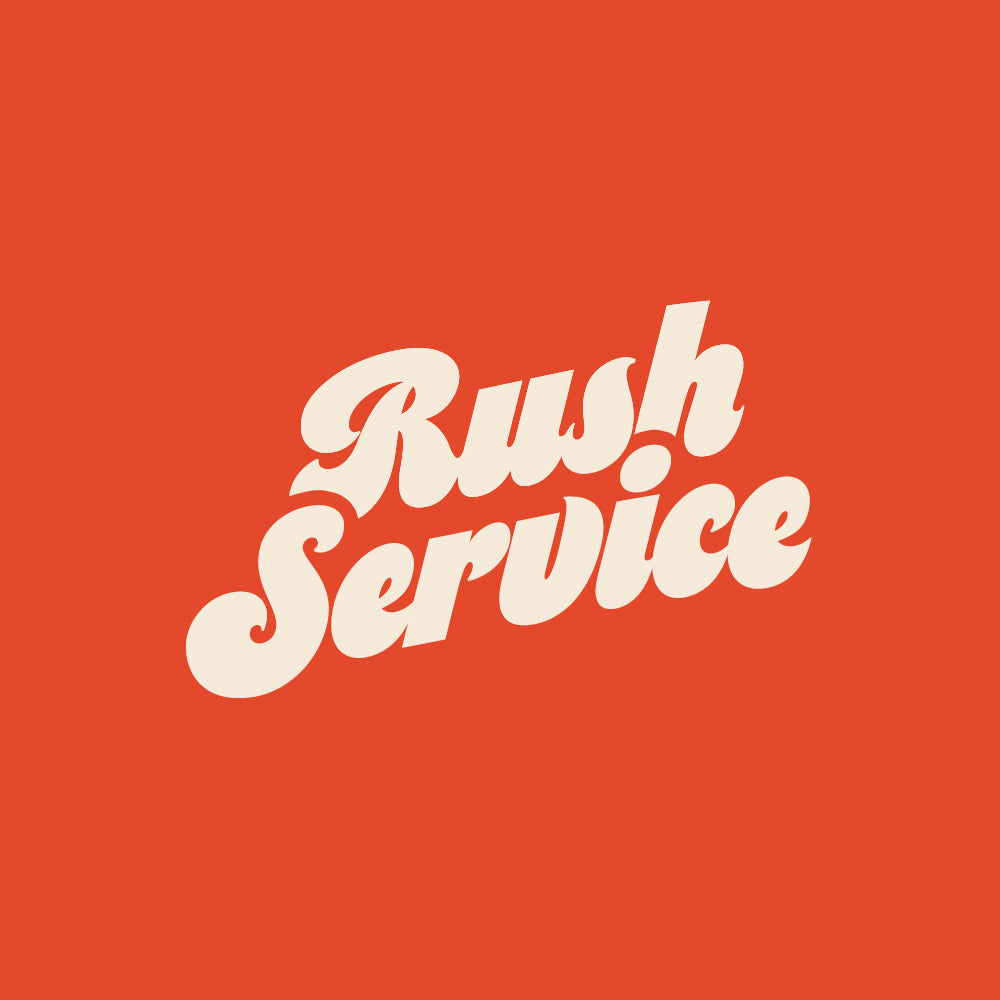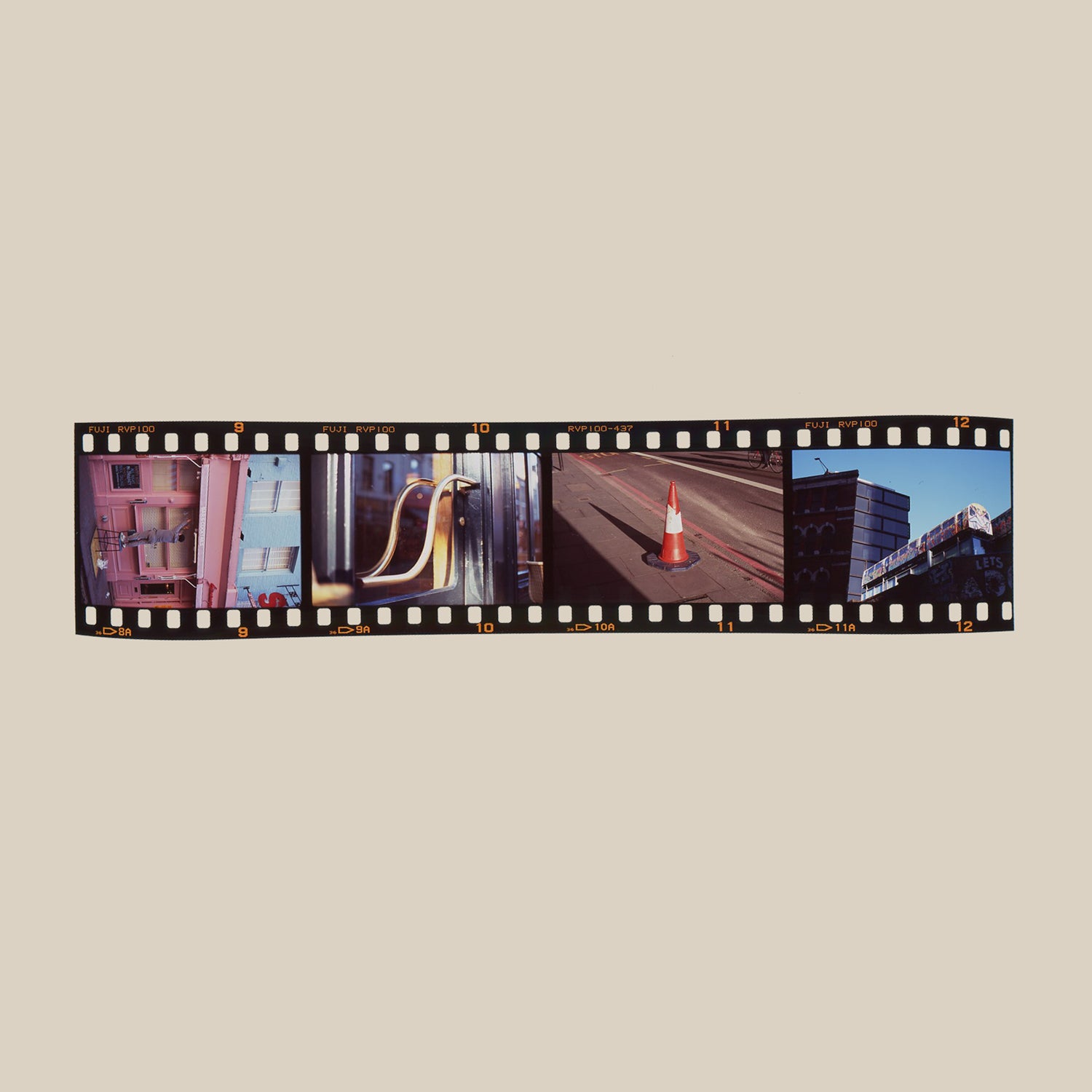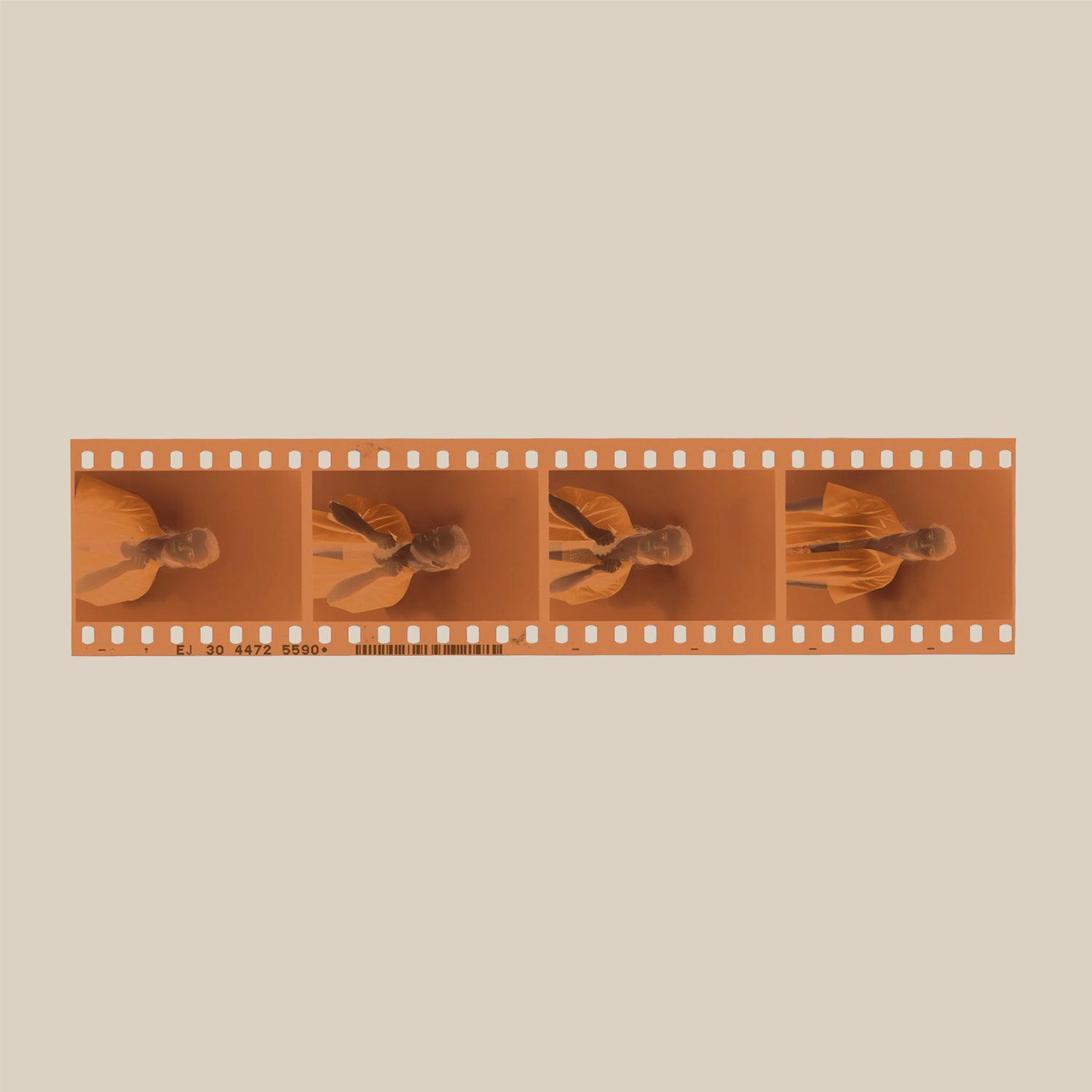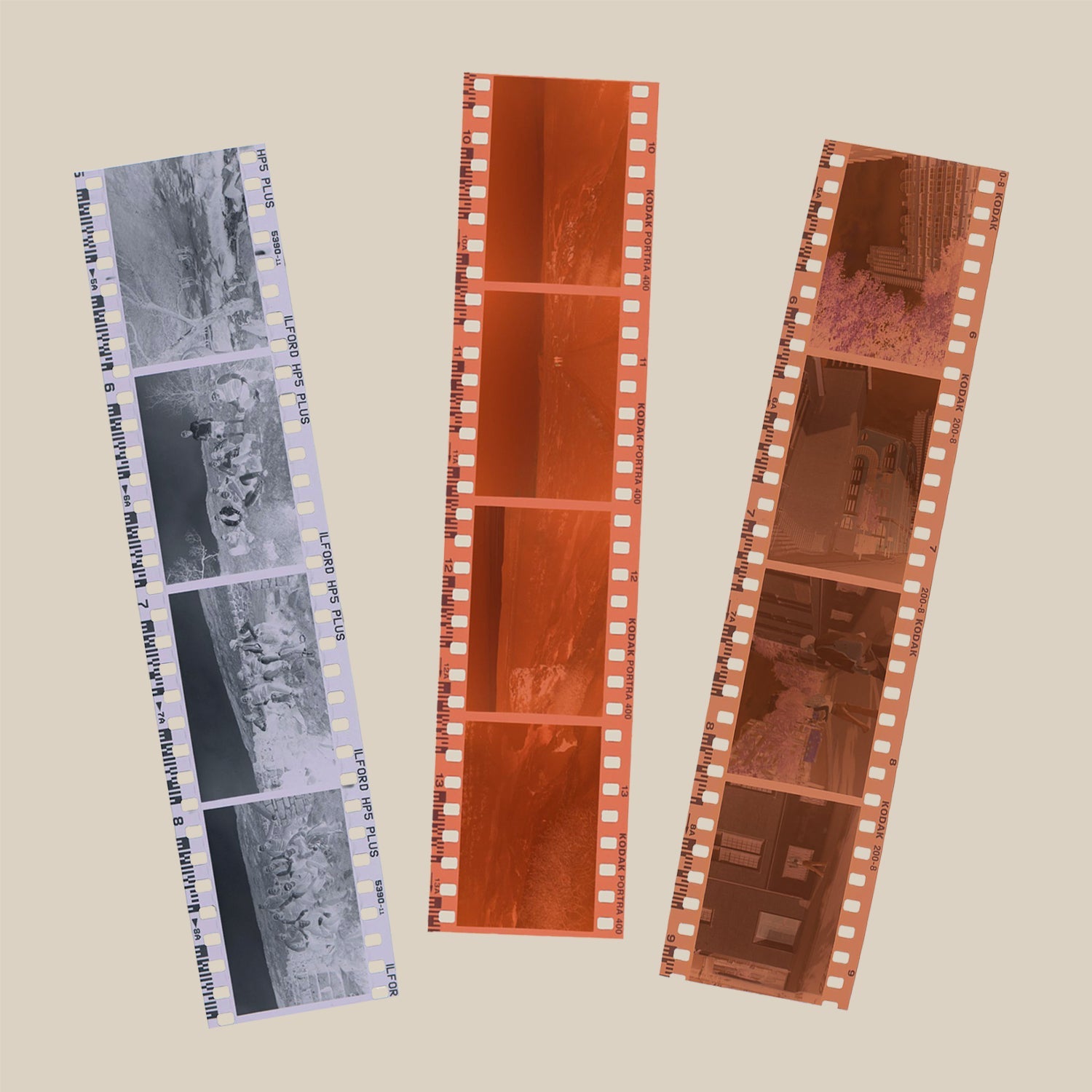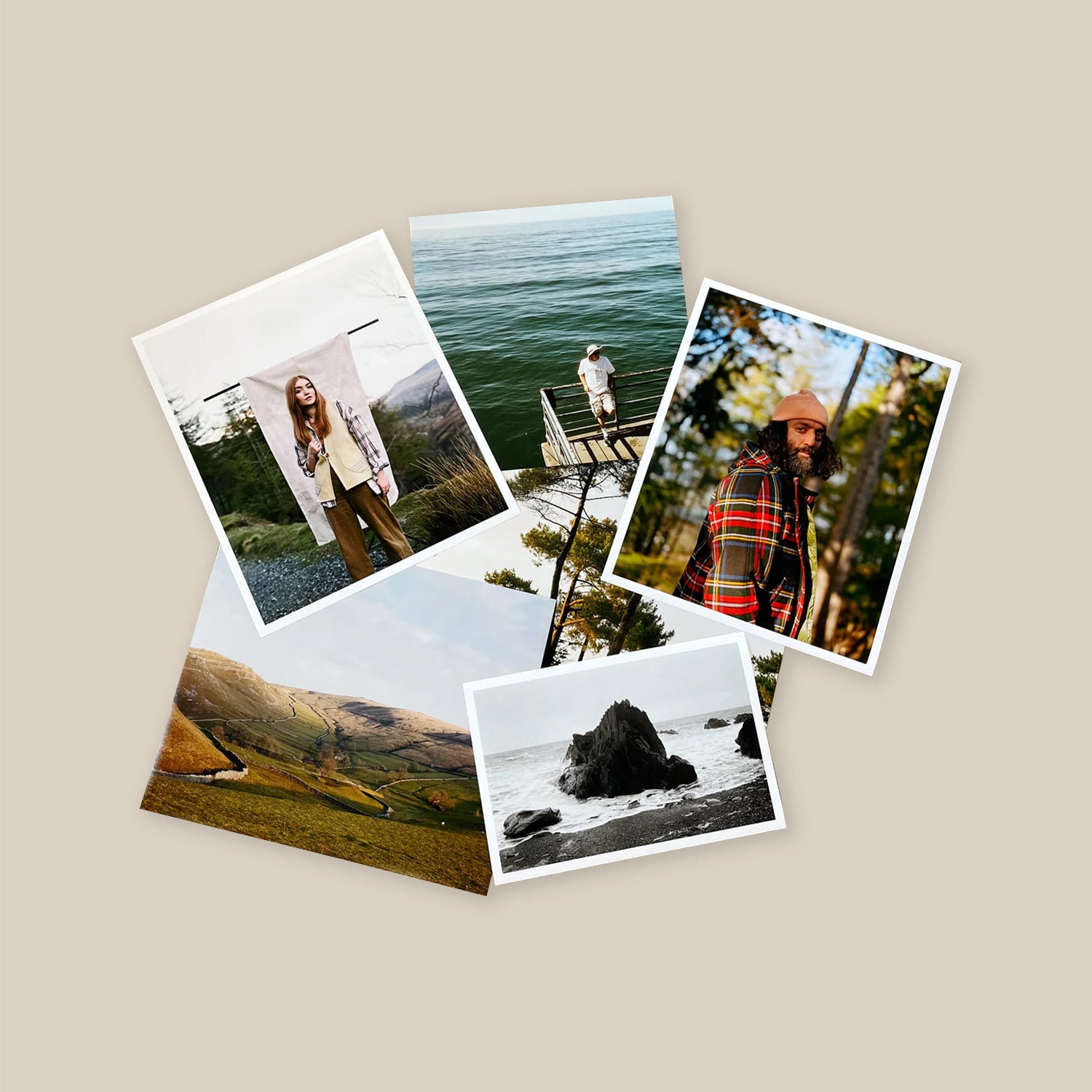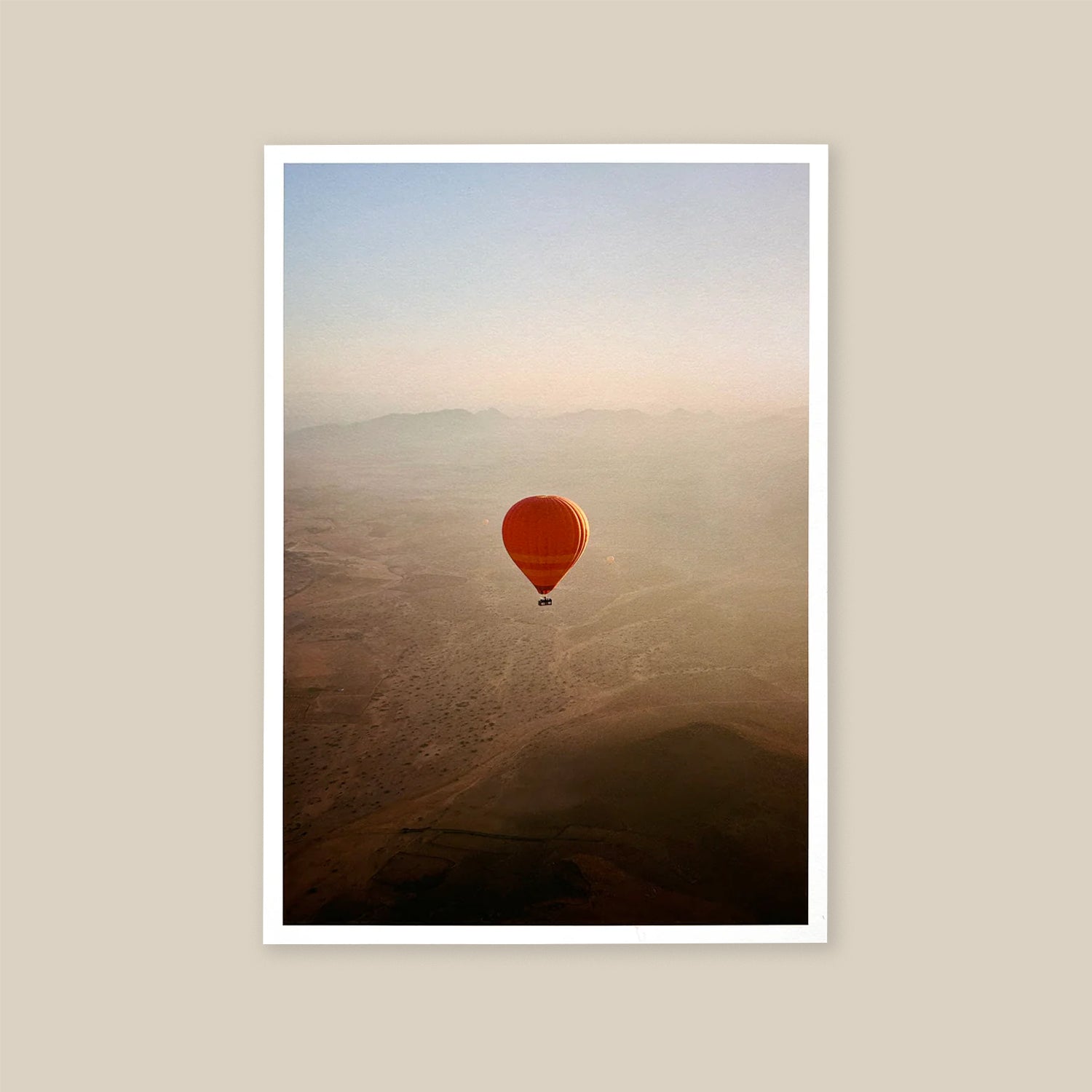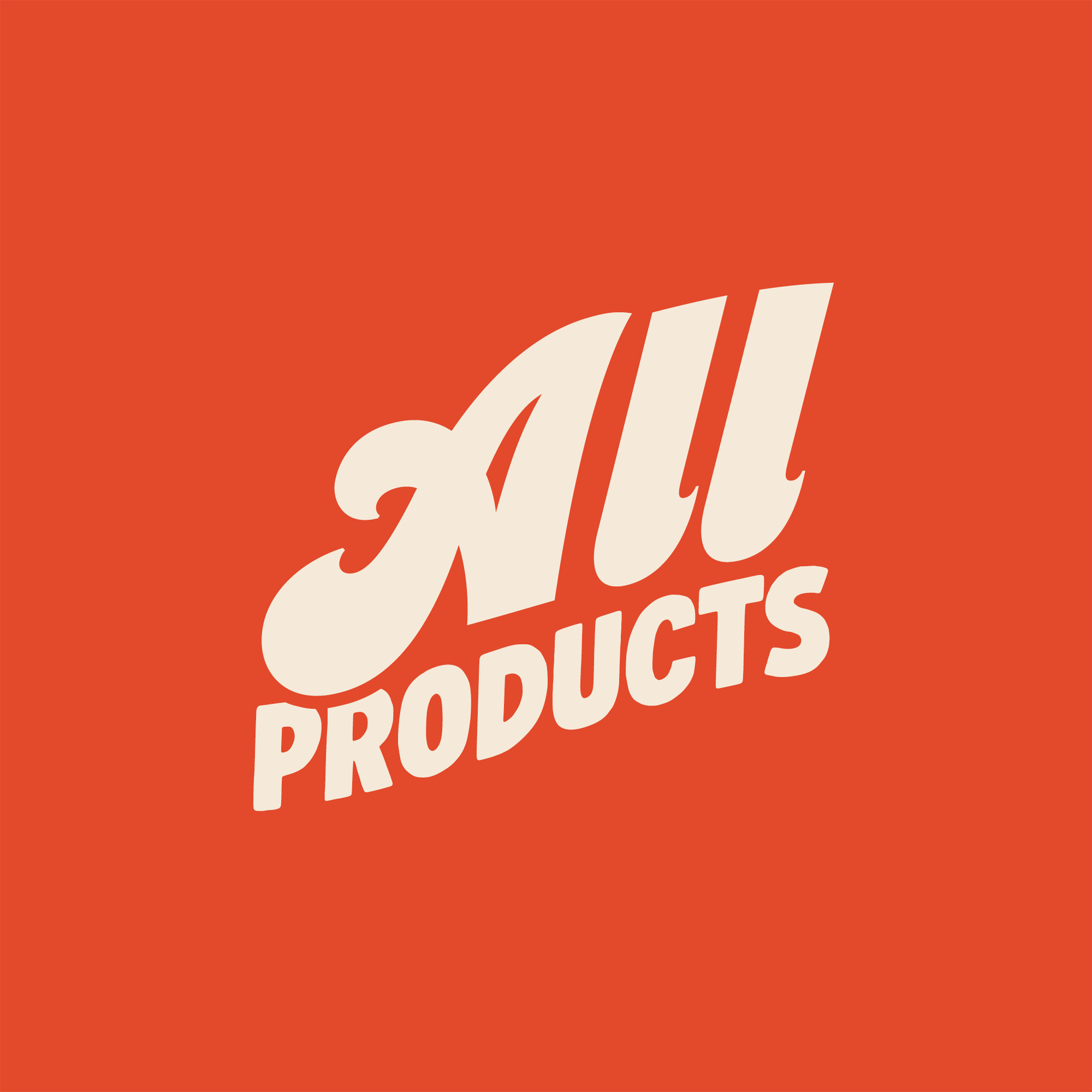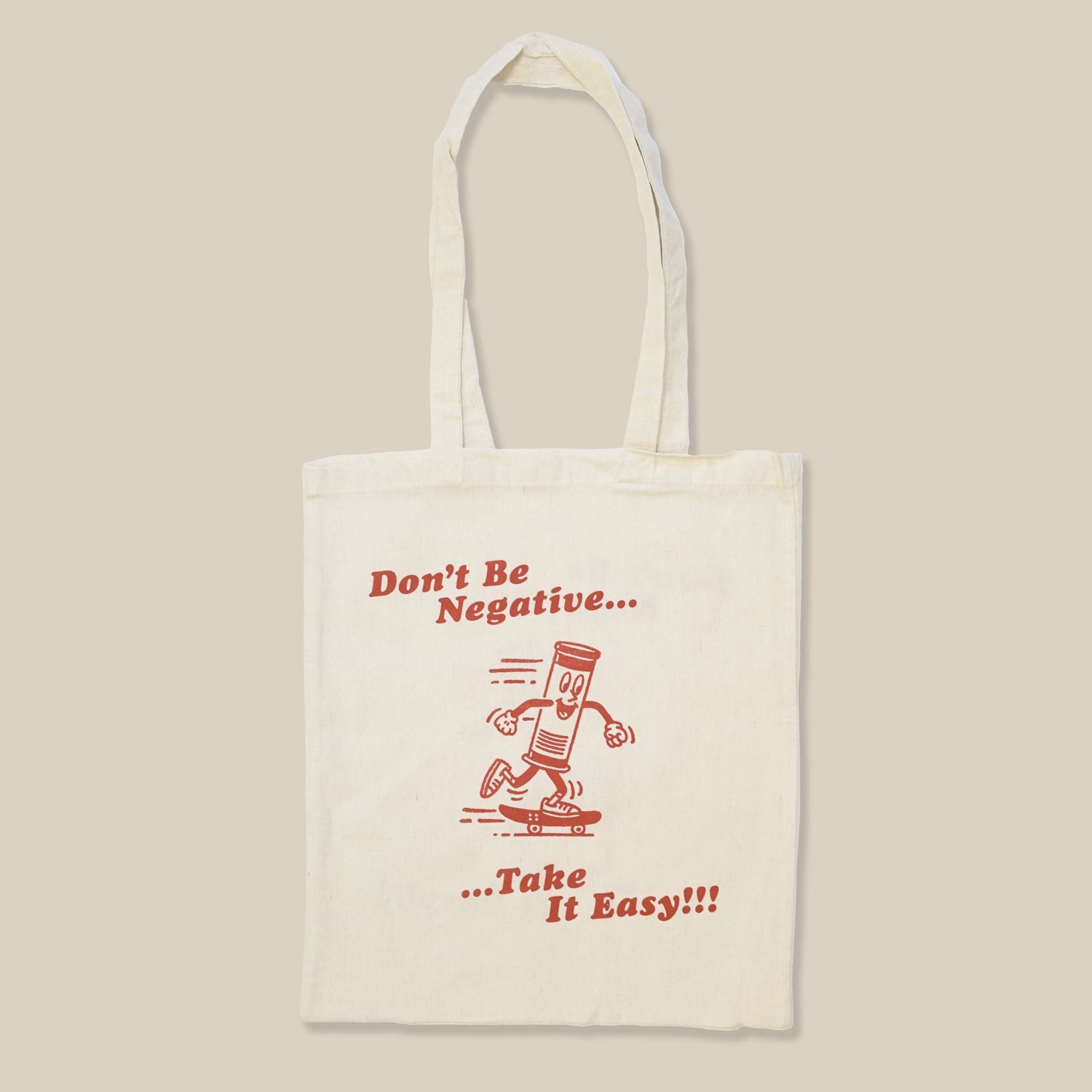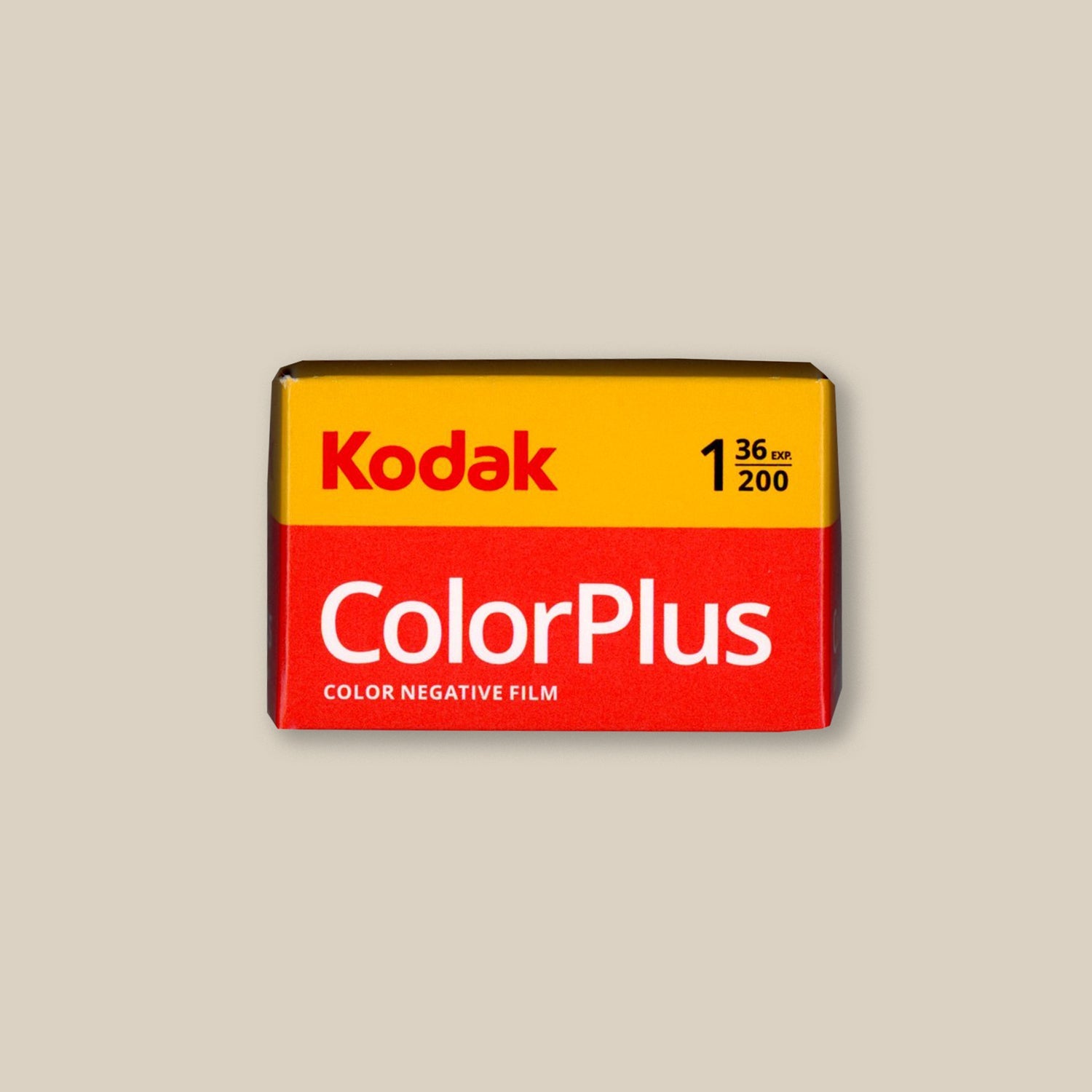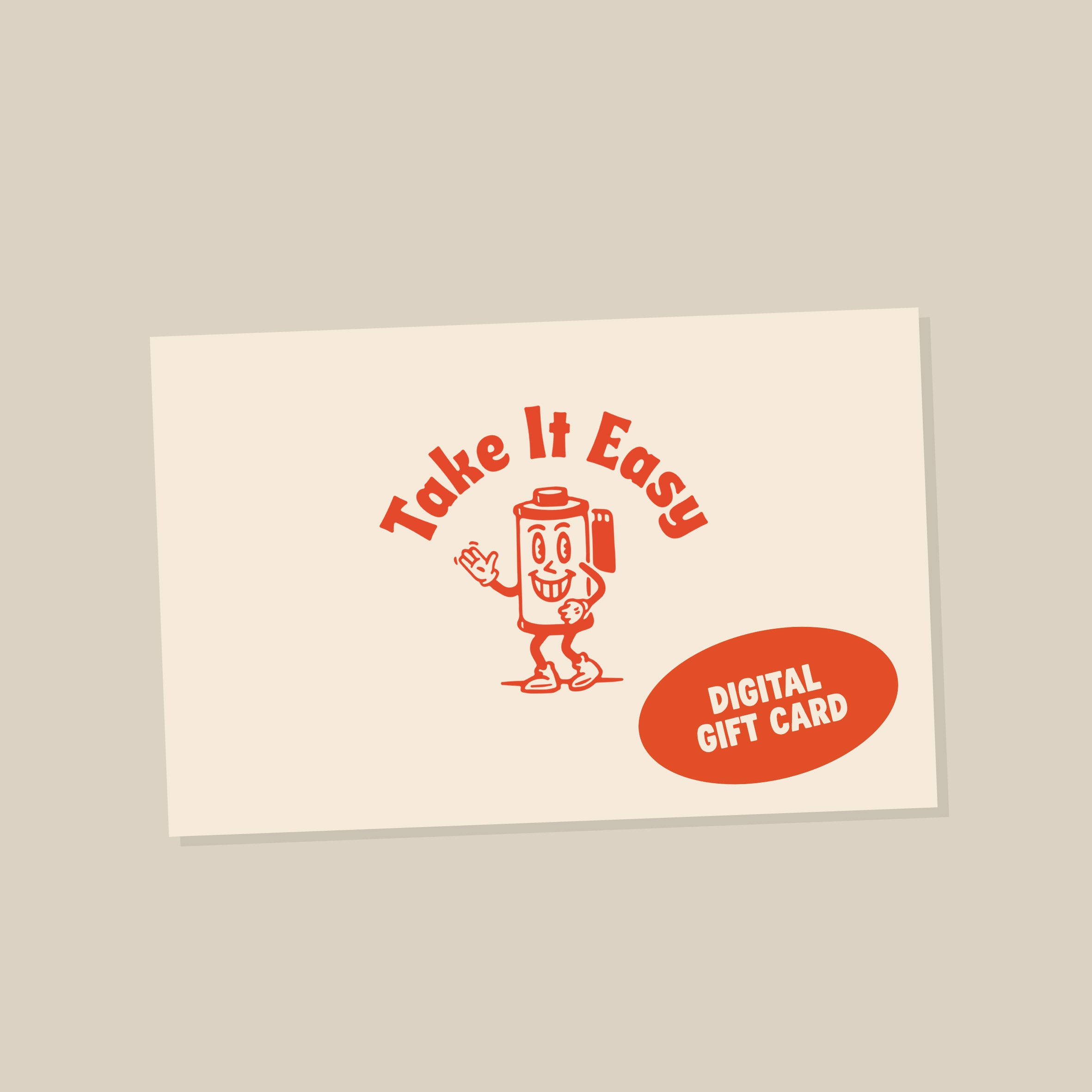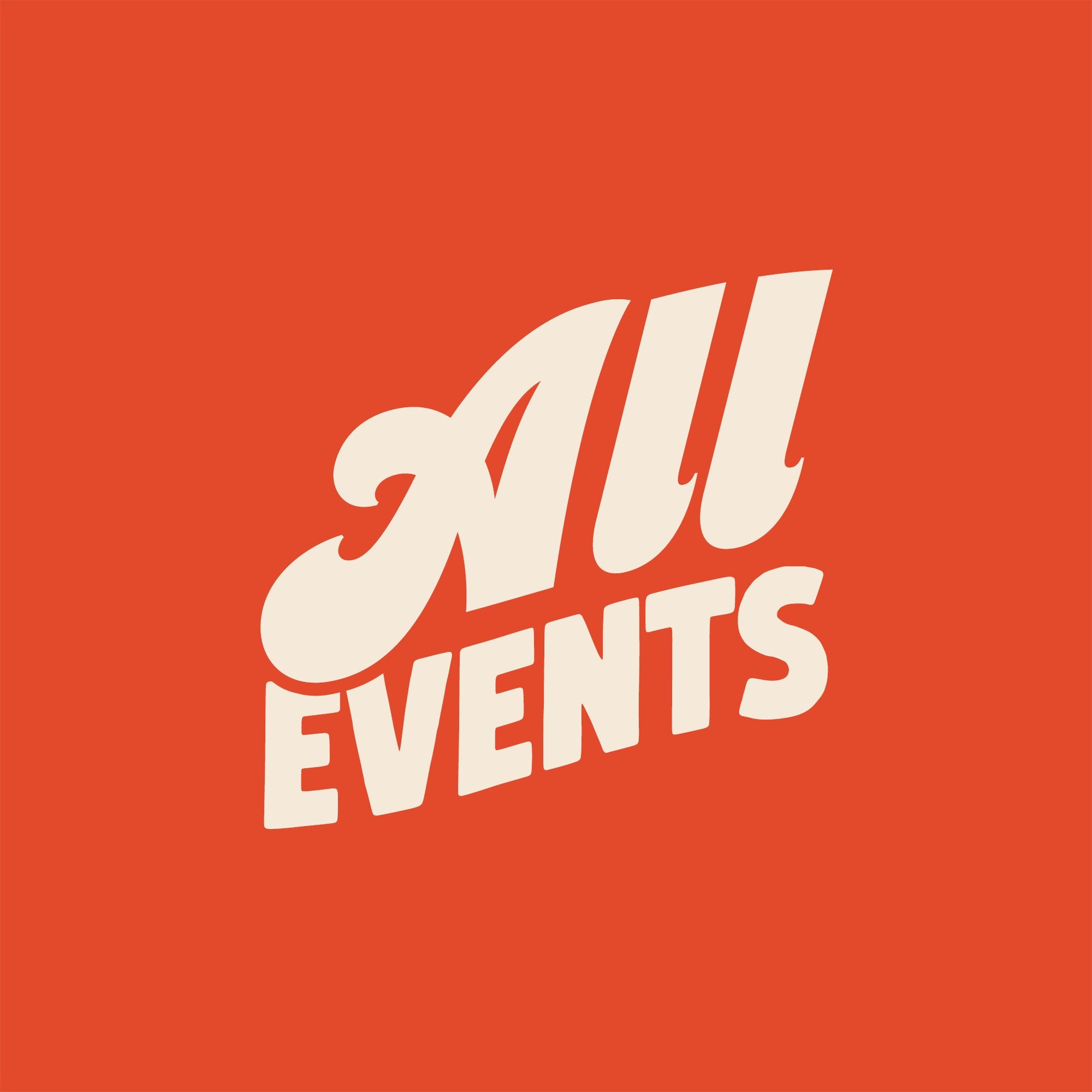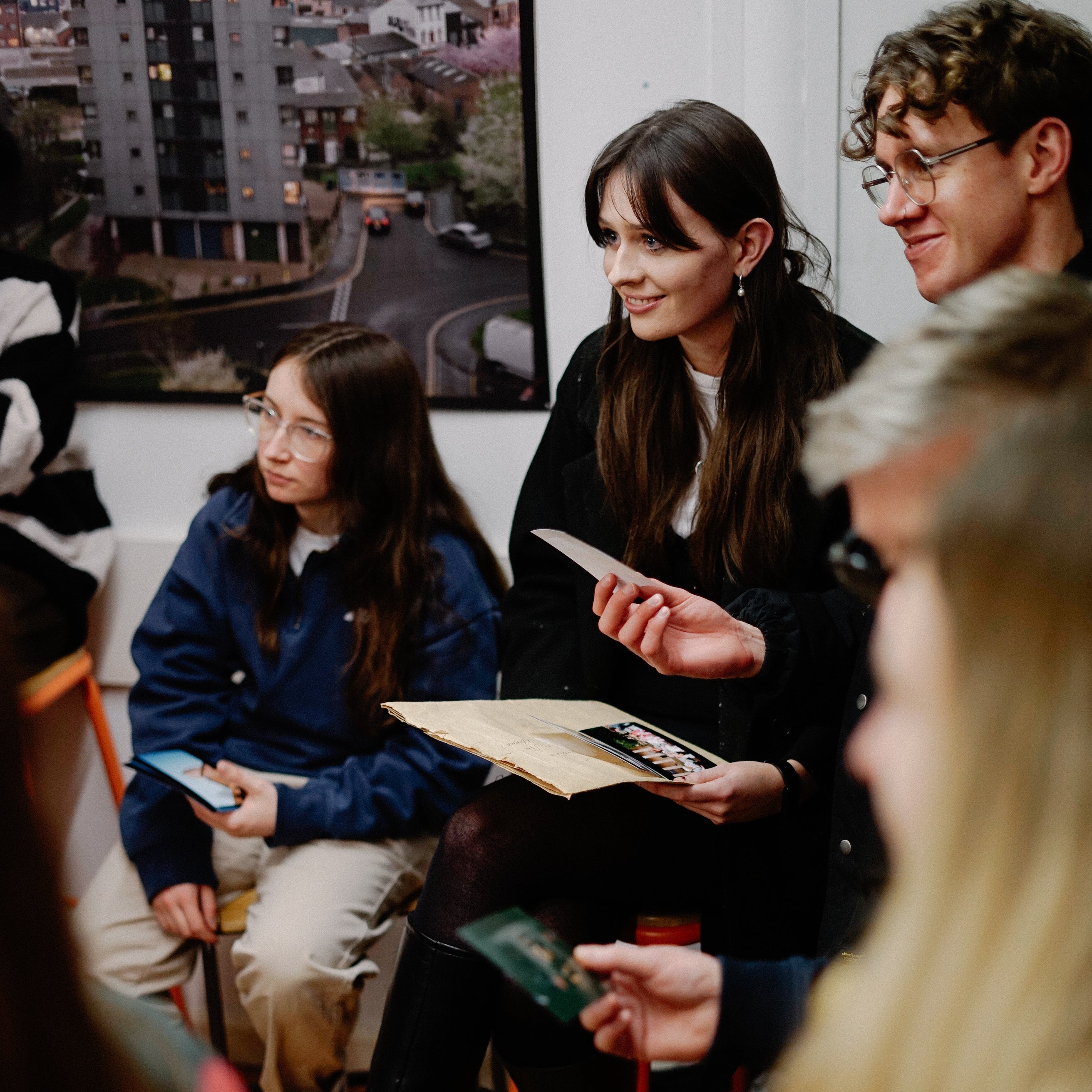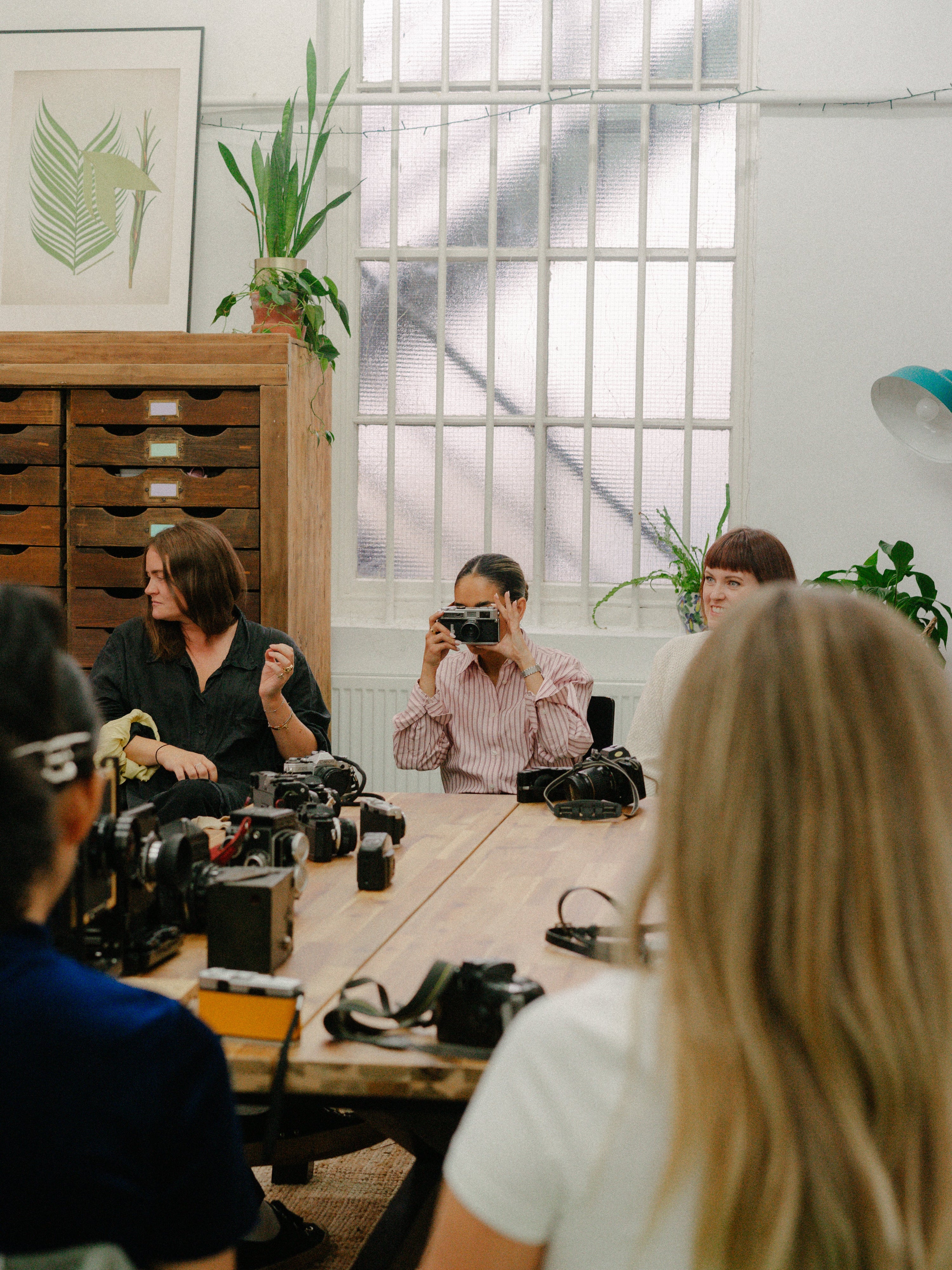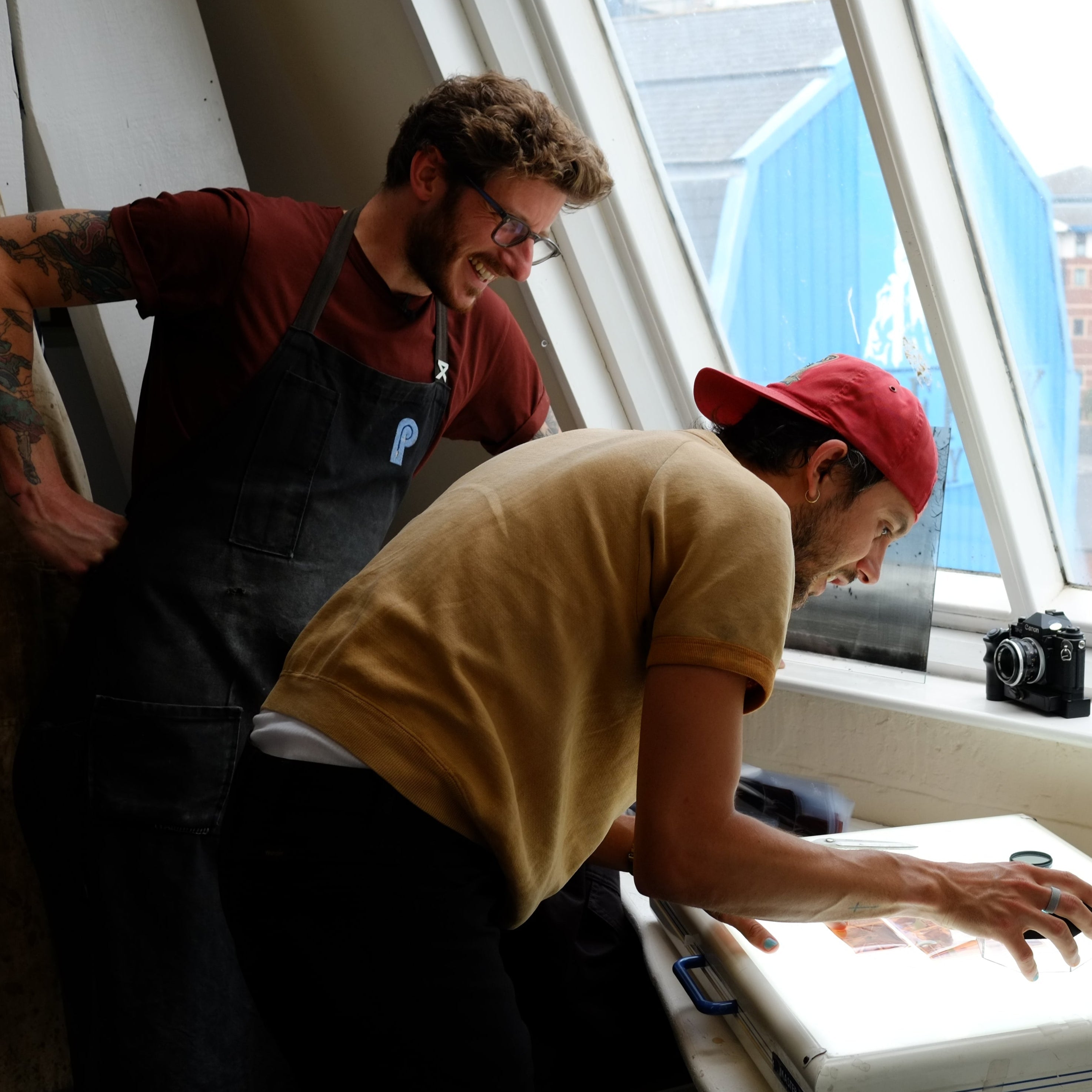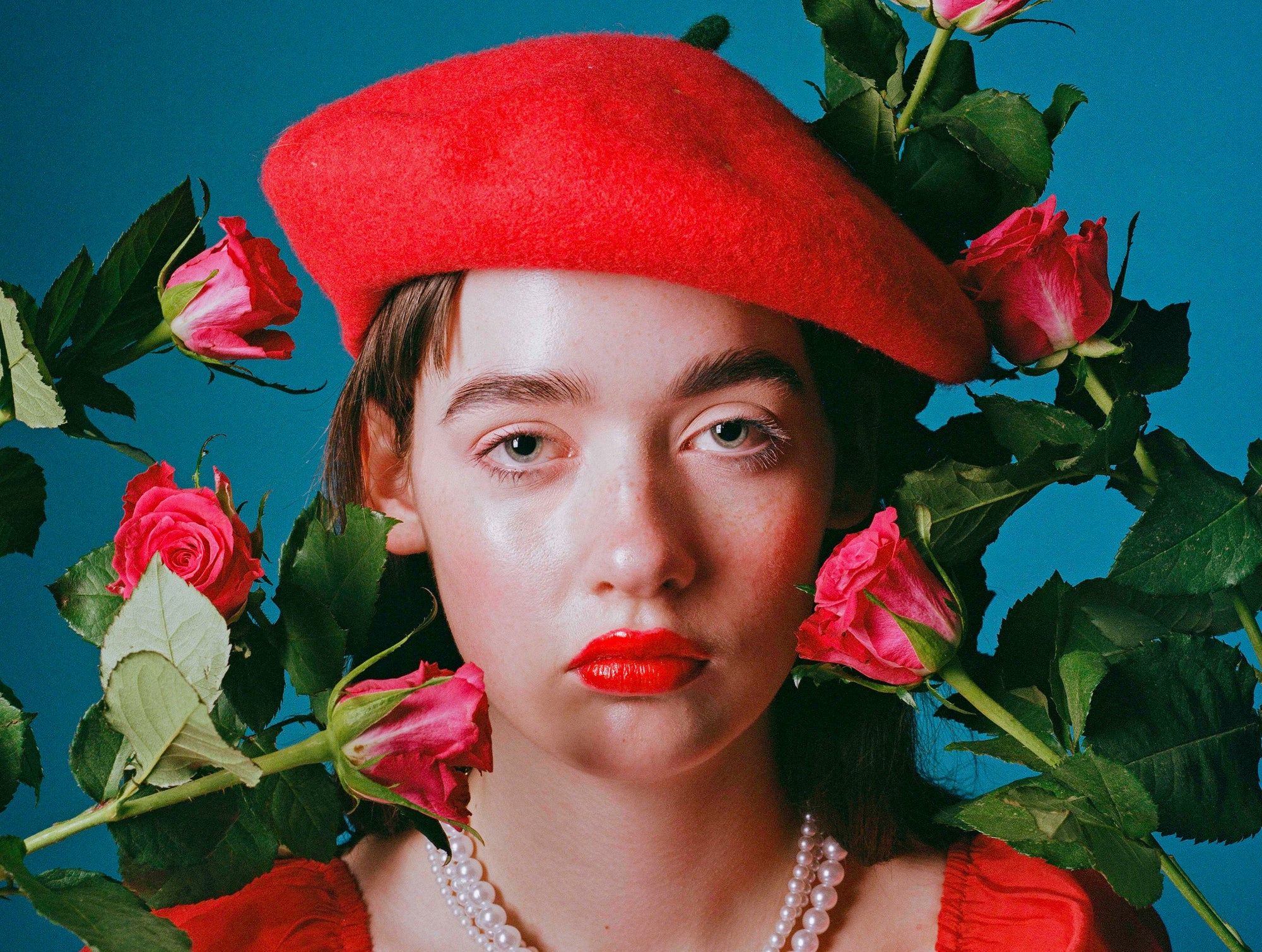

Behind the lens with Rebecca Harris
We speak to photographer and Take it Easy customer, Rebecca Harris to discover more about her project 'A co-existence with nature.'
Using a mix of photography, cyanotype and anthotype, her work seeks to explore the relationship humans have to flowers in nature.
Can you introduce yourself and give a little background on your style of photography?
I’m Becca Harris and I’m a British fashion and portrait photographer. My work covers themes of sustainability, nature, and femininity. I also like to use mixed media like cyanotypes and anthotypes in my work. I’ve always been interested in photography since a young age however, in the past 5 years, I decided to specialise in fashion and portraiture due to my love of capturing people and being able to collaborate with amazing creatives. I’m currently in my final year at Leeds Arts University studying Fashion Photography. Early on in my photographic practice I realised my love of using analogue techniques and continue to use this throughout my photographs.

What do you take inspires your work?
I'm passionate about sustainability so a lot of my inspiration comes from reading into this subject area through books and online articles. My visual inspiration also comes from paintings and other forms of art that explore colour and shape. I’d say books are my favourite form of inspiration as there are so many out there from amazing creatives and authors.
A lot of your work seems to be studio based, is this a conscious decision?
I love working in a studio and on location but recently a lot of my work has been studio based because I wanted to perfect my style and skills in this area. I find shooting in a studio interesting because you can have full control over the lighting, creating a unique and specialised lighting setup for each shoot. It also means that you don’t have to rely on the sun to create the perfect lighting. It makes it a lot easier to shoot in the winter months! Because I shoot on film, I love to create natural lighting that replicates the shadows and highlights that you would find when shooting in daylight.

One of your latest projects was a zine called 'A co-existence with nature'. Can you tell us a little bit more about this?
This series was a personal project to explore the relationship humans have to flowers in nature, and the characteristics of them. I wanted to show how humans are reliant on nature to live and that it’s important to look after it for the future of our planet. I wanted to produce a collection of photographs that told this story to my audience whilst creating beautiful imagery. Throughout the series I used set design to visually show each flower - using a mixture of handmade giant paper flowers and fresh flowers. I then dressed the model in similar colours and textures to each of the flowers to show this connection between the two. With cyanotypes and anthotypes being some of the first forms of photography used to scientifically document flora and fauna, I decided to incorporate this mixed media approach in my work too.
Why did you decide to use mixed media in your zine?
I’ve always enjoyed experimenting with my images and I remember using cyanotypes a few years back and really enjoyed the process – similarly to printing a negative in the darkroom. I not only wanted my concept to be about sustainability but also consider how I can make my practice more sustainable which is why I also use anthotypes. Anthotypes use the same process as cyanotypes but the dyes that form the prints are made sustainably through natural objects like beetroot, spinach, and turmeric.The range of prints and photographs used made the series a lot more interesting. The prints complimented the photographs by showing a nod to historic photographic practices, connecting with my overall concept.

How did your work evolve from the initial idea to the final project?
I initially formed a mood board for this project, collecting a range of images that I found inspirational. From this, I knew that I wanted to do something revolving around flowers and set design. Cicely Mary Barker’s illustrations were hugely inspirational at this stage. I was originally unsure whether to include my cyanotype prints within the series however, after completing the shoots, I decided that the series felt a lot more complete when they were included. I explored a range of ways to present my work but decided that a zine was the most effective way to communicate my concept. I also really enjoy sequencing and laying out my work in a zine format, so this was the best way to go about presenting my work.
What was the biggest challenge on this shoot?
I would say the main challenge for this project was timings. I had six looks to get through so I needed to make sure that I had enough time per look to get the best shots. I made sure I planned out a time schedule, leaving approximately the same amount of time per look so that the shoot didn’t run over. I also had to ensure that I left time for outfit changes and altering the makeup looks.

You worked with a team on the shoot, do you have any advice for photographers working alongside a team of stylists and makeup artists?
Once you’ve formed a team it's important to ensure everyone is on the same page as you so that you aren't disappointed that the images aren’t exactly what you had in mind. Communicating well to your entire team is super important when working with a handful of different team members on a project.
Do you take all your photos on film?
I’ve recently been using three cameras on my shoots, two of which are film cameras. Most of the time I focus on the shots I take on my Canon AE-1 Program and Mamiya RZ67, however, I use a digital camera to initially get the model comfortable and into the swing of the shoot. It also helps me get my lighting and exposure right before picking up my film cameras to shoot.

What do you like about shooting on film?
My favourite thing about shooting on film is the process of slowing things down and really considering what you are taking a photograph of. I always find my film photos to be a lot more interesting in comparison to anything I’ve shot digitally because of this. I enjoy the process of initially loading the film, taking the photographs, then sending the film off to find out how the images turned out. I feel like the tones and colours created by using this process are so unique and interesting that it can never be replicated when using a digital camera.
What projects are you currently working on?
Currently I’m working on my final major project for my university course. I already know that I want to continue using cyanotype and anthotypes in my work, whilst considering how I can continue to visually show the message of sustainability in my work.
